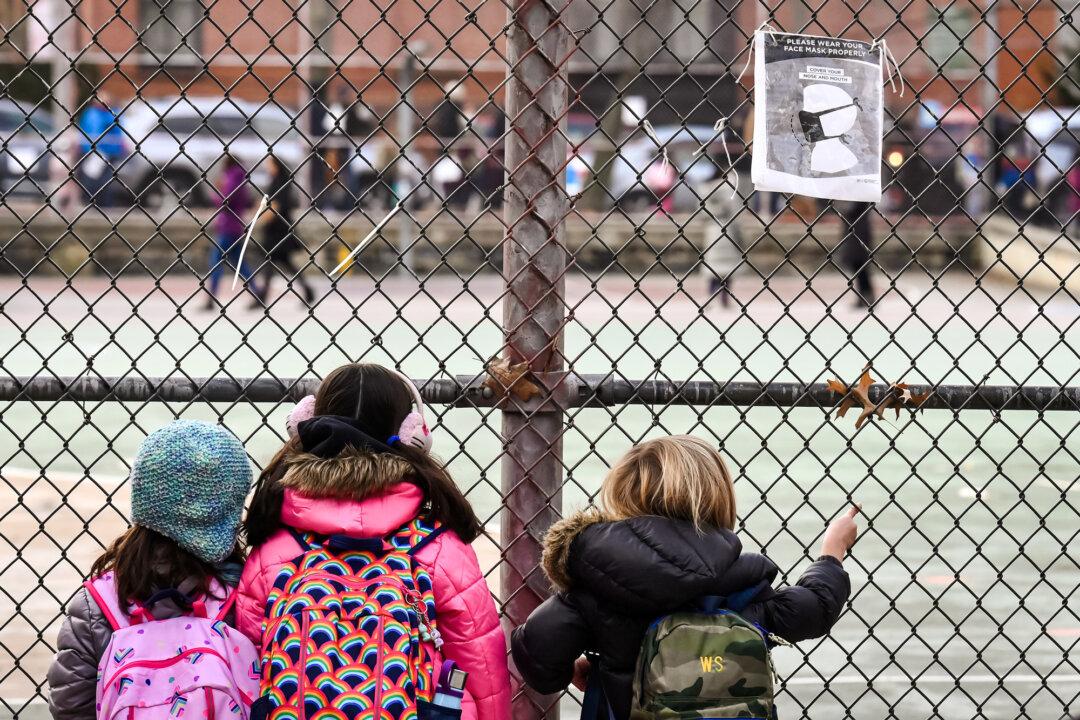Business activity in the United States contracted for the seventh consecutive month in January, with both manufacturing and service sectors remaining in the red for the month, suggesting a downturn in economic activity.
The S&P Global Flash U.S. Manufacturing PMI came in at 46.8 in January, up from 46.2 in December. This is the third consecutive month it has remained below 50. The S&P Global Flash U.S. Services Business Activity Index was at 46.6 in January, up from 44.7 in the previous month and the seventh straight month in contraction.
“The U.S. economy has started 2023 on a disappointingly soft note, with business activity contracting sharply again in January,” said Chris Williamson, chief business economist at S&P Global Market Intelligence.
Economic Downturn
Williamson pointed out that job growth has cooled down, with January seeing a “far weaker increase” in payroll numbers when compared to much of 2022. This reflects a “hesitancy” among businesses to expand capacity as they face “uncertain trading conditions” in the upcoming months.The rate of order book losses moderated and business sentiment saw an “encouraging upturn.” However, the overall level of confidence among businesses continues to remain “subdued” when looking at historical standards.
Firms in the S&P survey were found to be concerned about how rising interest rates, high prices, labor shortages, and supply shortages would affect their business.
“The worry is that not only has the survey indicated a downturn in economic activity at the start of the year but the rate of input cost inflation has accelerated into the new year, linked in part to upward wage pressures, which could encourage a further aggressive tightening of Fed policy despite rising recession risks,” he said.
Slowdown Signals
In addition to the S&P report, other indicators have also been flashing red signals for the American economy. The Conference Board’s Leading Economic Index (LEI) for the United States fell by 1 percent in December, the tenth straight month of decline.Between June 2022 and December 2022, the LEI declined by 4.2 percent, a bigger fall compared to the 1.9 percent decrease in the previous six months.
“There was widespread weakness among leading indicators in December, indicating deteriorating conditions for labor markets, manufacturing, housing construction, and financial markets in the months ahead,” he stated.
Former Federal Reserve chair Alan Greenspan had warned earlier this month that a recession in the United States is the “most likely outcome.” Even if the Fed were to change its policy, it won’t be “substantial enough” to avoid at least a mild recession, he stated.





